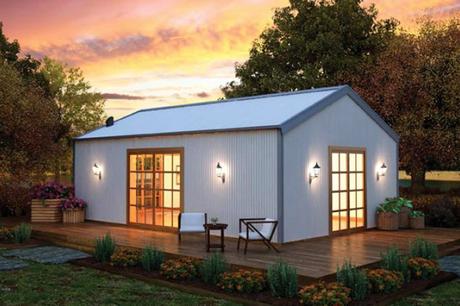
Approval for granny flats are booming, if compared to last year. This is the reason government has decided to ease the planning policies, allowing approval within 10 days.
But keep in mind that qualifying is not so easy. You need to meet a certain criteria to get the approval as a Complying Development status. So, people who don't like going through the policy pages of approval, they can choose to read these major steps which are important points to make be eligible for the approval within 10 days.
Finding the answers before building a granny flat
Certification - can you build a granny flat? Are you eligible to get CDC 10 day fast tracked approval or a slow certification of 3 month DA approval?
Sewer diagram - is there any requirement for sewer encasement?
Land establishment - is there any advantage or restriction on the site which bars you from constructing a building?
These 3 key prior planning questions can provide you with all the answers that every builder uses before quoting a site. Make sure that you hire a certification team who certifies your granny flat project using an energy star rating assessment.
Which type of granny flat are you building?
Granny flats are grouped into three classes:
Before we move into the classes, let's see what the law says.
Under the new law of approval any extension that forms a self-contained unit is a granny flat.
Conversion - An existing structure which is getting internal changes like new entrances to create a self-contained dwelling, falls into the category of conversion.
Extension - As the name suggests, an existing structure which is extended to create new space to form a self-contained dwelling.
Detached Granny Flat - This the classic granny flat situation. If you're building a new structure separate from the existing house, it falls in the category of detached granny flat.
You will be getting an approval only if your building matches with the above three categories.
Also, be sure that projects like garden sheds, fences, barbeques, and pergolas don't need any planning approval.
You must have received a 149 planning certificate when you bought your house. If not, you can get one from your council. You can also get the sewer diagram if you want. This will provide a good information on the development potency of a land including the applied constructional restrictions.
Before you do something, always make sure that your lot is zoned residential (Zone R1, R2, R3 or R4 or something equivalent).
If you are really eager to build a granny flat, contact energy star rating assessors to help with the building plans.
